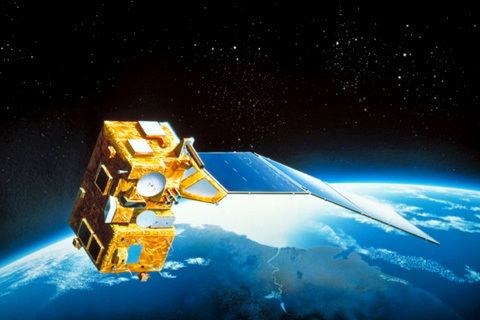Names MOS-1, Momo-1 Operator NASDA SATCAT no. 17527 | Mission type Earth observation COSPAR ID 1987-018A Launch date 19 February 1987 | |
 | ||
Mission duration Planned: 2 yearsFinal: 8 years, 9 months, 9 days Similar Space Flyer Unit, Super Low Altitude Test Satel, JERS‑1, Akebono, ADEOS II | ||
Marine Observation Satellite 1 (MOS-1), also known as Momo-1, was Japan's first Earth observation satellite. It was launched on 19 February 1987 on a N-II rocket from Tanegashima Space Center and was operated by the National Space Development Agency of Japan.
It has three instruments: "Multi-Spectral Electronic Self-Scanning Radiometer (MESSR)" which offers 50m resolution in two visible and two infra-red spectral bands over two 100 km swathes; "Visible and Thermal Infrared Radiometer (VTIR)" which has a much lower resolution in one visible and three IR bands over a 1500 km swathe; "Micro Scanning Radiometer (MSR)" which measures microwave emission in the 23 GHz and 31 GHz bands.
Its NORAD ID is 17527; it is in a polar orbit at roughly 900 km altitude, but has not been active since November 1995.
